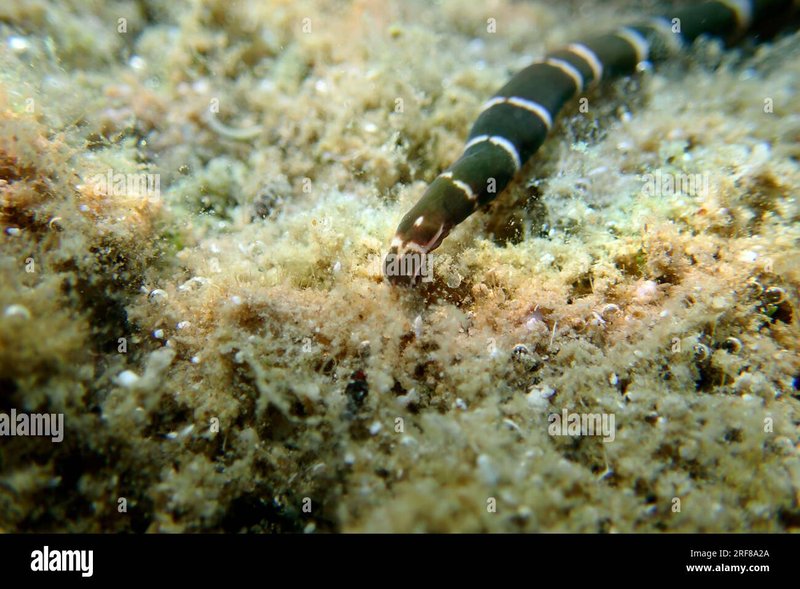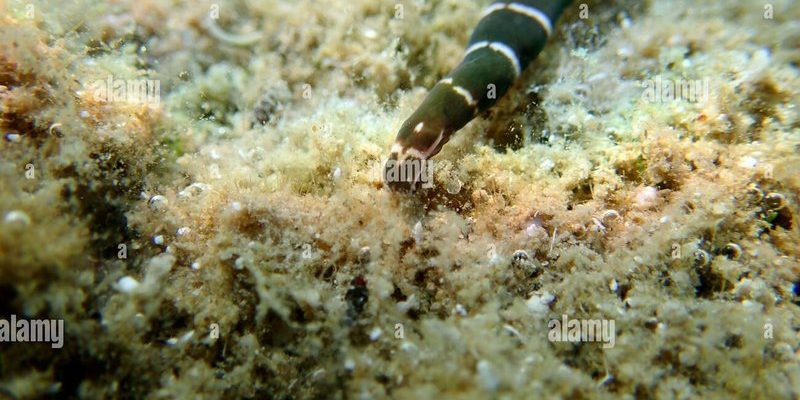
Now, you might be asking, “What on earth preys on these seemingly invincible creatures?” The truth is, bootlace worms, despite their impressive length, have their fair share of natural predators. Understanding this delicate balance in marine ecosystems helps us appreciate not just the bootlace worm but also the complex web of life in our oceans.
What Are Bootlace Worms?
Bootlace worms, or *Lineus longissimus*, are a type of ribbon worm that inhabit the ocean floor. They have a unique ability to stretch and can easily change their shape, making them quite the elusive character in their underwater world. These worms have a slippery, gelatinous body that helps them navigate through mud and sand, making it hard for their predators to catch them.
But what exactly do they eat? Bootlace worms primarily feed on small marine animals like crustaceans and other invertebrates. They use a specialized feeding structure to capture their prey, injecting them with toxins. This fascinating ability not only helps them survive but also plays a crucial role in the ecosystem by controlling the population of their prey.
Interestingly, bootlace worms are part of a broader family of organisms that contribute to nutrient cycling in marine environments, making their role even more essential. Understanding what predates on them gives us a clearer picture of the oceanic food web.
Natural Predators of Bootlace Worms
Let’s explore the main players that feast on bootlace worms. Here are a few of their natural predators:
- Fish: Many fish species have a taste for bootlace worms. They can strike quickly and target these worms as they swim or lie still on the ocean floor.
- Sea Stars: These fascinating echinoderms are known for their ability to prey on various ocean creatures, including bootlace worms.
- Crabs: Certain crab species, particularly those with a strong claw grip, are adept at extracting bootlace worms from their hiding spots.
- Other Worms: Some predatory worms will also take advantage of bootlace worms, adding an extra layer of intrigue to this underwater drama.
Each of these predators plays a vital role in controlling the bootlace worm population. The ongoing struggle happens in the same ecosystems where they predominate.
Fish: The Sneaky Hunters
Fish are arguably the most visible predators of bootlace worms in the ocean. Think about how fish dart around, quick and nimble, hunting for their next meal. Many species, such as flounder and cod, have been observed snacking on these elongated worms. Their speed and agility allow them to catch bootlace worms, especially those that are sluggish or resting.
These fish often employ ambush tactics, lurking near the ocean floor until the right moment to strike. Imagine a predator lying in wait, eyes focused, ready to snatch up a worm that might think it’s safe. This dynamic exemplifies the harsh realities of life in the ocean, where the balance between predator and prey constantly shifts.
You might be wondering, why do fish choose bootlace worms instead of other prey? The answer lies in the nutritional value. Bootlace worms are rich in proteins and fats, making them an appealing option for a fish’s diet, especially in nutrient-poor environments.
Sea Stars: The Armored Assassins
Sea stars, or starfish, are often underestimated when it comes to their hunting skills. With their strong tube feet and regenerative abilities, they can easily pry open the burrows of bootlace worms. When you think of a sea star, you might picture them slowly crawling over rocks, but they are effective hunters in their own right.
By using their multiple arms, sea stars can create enough pressure to access the hiding spots of bootlace worms. This is where the drama unfolds: a sea star can wrap around a worm, pulling it up from the sand and making it an easy meal. If you’ve ever watched a sea star in action, you’d see how dedicated they are to their predatory tactics.
It’s fascinating to think about how these seemingly unknowable creatures coordinate their movements to catch their prey. In the vast ocean, sea stars remind us of the intricate strategies that evolve in nature.
Crabs: The Clawing Connoisseurs
Crabs are another formidable predator of bootlace worms. With their powerful claws and excellent digging skills, they can reach into the sand and pull out these elusive worms. Blue crabs or rock crabs, for instance, are known for their cunning ways of hunting. They can be quite patient, waiting for the perfect moment to strike.
When crabs hunt bootlace worms, they often work in tandem with the environment. They’ll use their keen eyes to spot a worm peeking out from its hiding place, and in a swift motion, they’ll grab it. The powerful grip of a crab’s claw makes it a dangerous threat to bootlace worms, who may not even see it coming.
What’s especially interesting is the role crabs play in the overall health of marine ecosystems. By preying on bootlace worms, they help maintain balance in their habitats, ensuring that no single species dominates the underwater landscape.
Other Worms: The Cannibalistic Feasts
In the world of worms, it’s a bit of a surprise that some species turn to cannibalism. Yes, that’s right! Some predatory worms see bootlace worms as a meal. These other worms, often smaller and quicker, may target bootlace worms when they’re vulnerable or injured.
Imagine a scenario where two worms cross paths—one hoping to feed, while the other is merely trying to survive. The predatory worm has the advantage in this case, and you’ll see just how complex relationships can be in the animal kingdom. It’s a harsh reminder of survival and adaptation in nature.
This behavior can influence the population dynamics of bootlace worms, emphasizing how interconnected life in the ocean is. It’s not just about the big predators; even smaller creatures play a role in this food web.
The ocean is a vast theater filled with behaviors and struggles, and the life of bootlace worms reminds us of these intricate balances. Understanding the natural predators of bootlace worms—from fish and sea stars to crabs and other worms—offers a glimpse into the dynamics of marine ecosystems. Each predator has a role to play in controlling populations and maintaining healthy ocean habitats.
As we continue to study ocean life, it’s vital to recognize these relationships and how they affect the intricate web of life beneath the waves. Bootlace worms and their predators are just one story among countless others in the rich narrative of the sea. Remember, every creature, no matter how small or seemingly insignificant, has its place in the grand scheme of nature. So the next time you think about the ocean, consider the fascinating stories unfolding every second below the surface.

